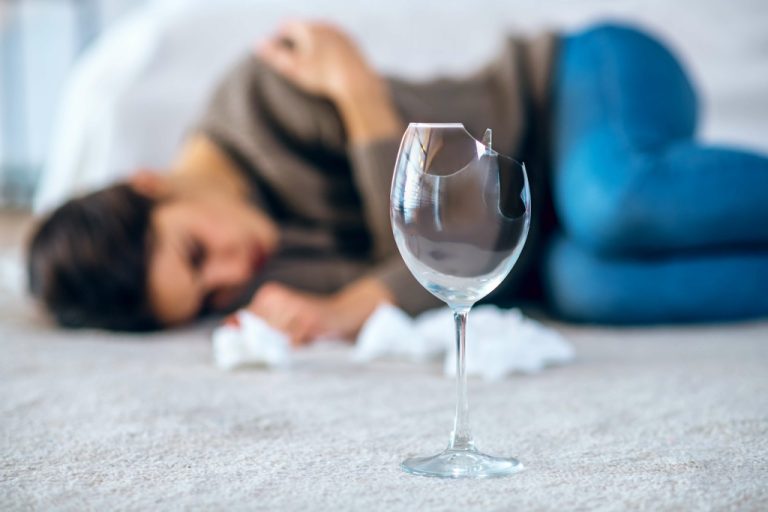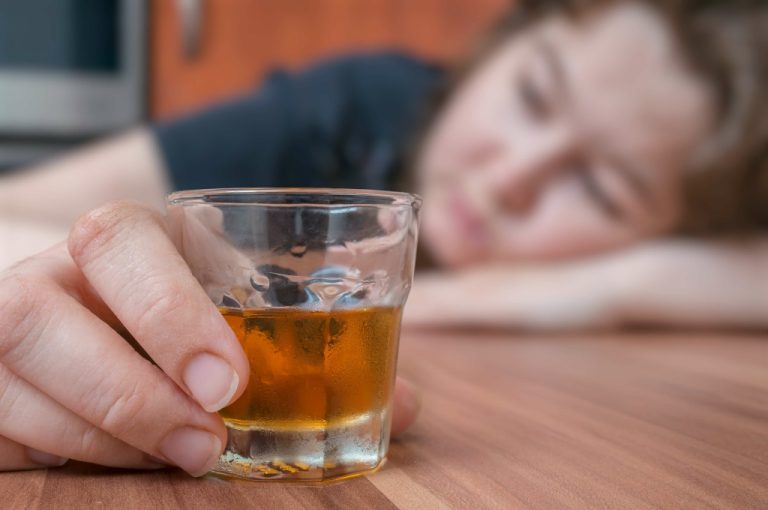Many people with alcohol use disorder hesitate to get treatment because they don’t recognize that they have a problem. An intervention from loved ones can help some people recognize and accept that they need professional help. If you’re concerned about someone who drinks too much, ask a professional experienced in alcohol treatment for advice on how to approach that person. Young antisocial drinkers have high rates of depression, social phobias, bipolar disorder and co-occurring substance abuse. This group drinks more frequently and in larger amounts than the other types. However, this group also has a high rate of seeking out treatment for alcoholism.

Alcohol dependence (alcoholism)
Acceptance- and mindfulness-based interventions increase awareness and acceptance of present-moment experiences. Mindfulness-based skill-building strategies promote flexible, rather than autopilot, responses to triggers that can prompt drinking. 12-step facilitation therapy is an engagement strategy used in counseling sessions to increase an individual’s active involvement in 12-step-based mutual-support groups.
What is considered 1 drink?
Examples of behavioral treatments are brief interventions and reinforcement approaches, treatments that build motivation and teach skills for coping and preventing a return to drinking, and mindfulness-based therapies. A health care provider might ask the following questions to assess a person’s symptoms. A doctor may diagnose alcohol dependence when they see two or more of the above symptoms based on an ongoing pattern of how you consume alcohol. People with an alcohol use disorder can feel ashamed about their drinking and may get upset if confronted. If you are worried about someone else’s drinking it is important to choose the right moment to talk to them about it, and make sure you’re both in a calm mood.
- With John and his wife Cheryl leading the ministry, on the first night, 43 people attended, and Celebrate Recovery was officially born.
- The District of Columbia’s alcohol-related death rate increases faster than any U.S. state’s, and the rate of binge drinkers is very high.
- When adjusted for inflation, CNBC found that it translates to a 1,090% increase in just 39 years.
- But as you continue to drink, you become drowsy and have less control over your actions.
Missouri Alcohol Abuse Statistics
Treatment can be outpatient and/or inpatient and be provided by specialty programs, therapists, and health care providers. It is important to gauge whether the facility provides all the currently available, evidence-based methods or relies on one approach. You may want to learn if the program or provider offers medication and whether mental health issues are addressed together with alcohol treatment.
ADHD in Children
Residential treatment or “rehab” facilities provide intensive treatment for alcohol abuse or addiction. Your loved one resides at a special facility for 30 to 90 days and receives treatments such as detox, therapy, and medication. Your role doesn’t end when your loved one agrees to seek help. Someone who abuses alcohol will not magically become a different person once they’re sober. They’ll have to find new ways of living without alcohol and they’ll also have to tackle the problems that led to their alcohol abuse in the first place. With these guidelines, you can help ease your loved one’s suffering, preserve your own mental health and well-being, and restore calm and stability to your relationship and family life.
That means you’ll need plenty of patience when supporting your loved one’s recovery. Compared to other genetic predictors, the genomic pattern identified here was also a more sensitive predictor of having two or more substance use disorders at once. In children aged 9 or 10 years without any experience of substance use, these genes correlated with parental substance use and externalizing behavior. In most places, it’s legal and socially acceptable for an adult to enjoy an alcoholic drink. But since alcohol’s effects vary so much from one person to another, it’s not always easy to tell when a loved one’s alcohol intake has crossed the line from responsible, social drinking to alcohol abuse. There’s no specific amount that indicates someone has an alcohol use disorder.
Living in a household where a parent or carer has a substance use problem doesn’t mean a child will experience abuse, but it does make it more difficult for parents to provide safe and loving care. Binge-drinking is a significant problem in Wisconsin, and alcohol-related deaths are more likely to involve older, long-term users. Underage drinkers are slightly less common among alcohol-related deaths in Washington. South Carolina has more alcohol-related deaths per capita than the average state, and those deaths are 18.1% more likely to involve underage drinkers. Nevada’s alcohol-related death rate per capita is high, but it has a very low rate of underage deaths. Nebraska ranks below average in the rate of alcohol-related deaths per capita but above average in underage deaths.
Issues in the treatment of Native Americans

Group meetings are available in most communities at low or no cost, and at convenient times and locations—including an increasing presence online. This means they can be especially helpful to individuals at risk for return to drinking. Combined with medications and behavioral treatment provided by health care professionals, mutual-support groups can offer a valuable added layer of support. People with this condition can’t stop drinking, even if their alcohol use upends their lives and the lives of those around them.

Unhealthy alcohol use includes any alcohol use that puts your health or safety at risk or causes other alcohol-related problems. It also includes binge drinking — a pattern of drinking where a male has five or more drinks within two hours or a female has at least four drinks within two hours. Chronic severe alcoholics drink more often than the other subtypes but do not drink as much as the young antisocial subtype. This subtype tends to have i have an alcohol problem interpersonal issues due to their alcoholism, such as high rates of divorce or separation from their partners. People within this group are the most likely to look for help, as 66% seek treatment for addiction.
You can just sit and listen and learn more about recovery, or you can share about your situation. Celebrate Recovery started in 1991 as a ministry of Saddleback Church in Lake Forest, California. Founder John Baker shared with Senior Pastor Rick Warren a vision God had given John for a new ministry where people could find freedom from their hurts, hang-ups, and habits. Hear from real people who have Alcoholics Anonymous gained freedom and healing through Celebrate Recovery. This spring, New York became the 15th state, along with the District of Columbia to legalize marijuana for recreational use.
E-Health Alcohol Treatment Tools*
Research shows that most people who have alcohol problems are able to reduce their drinking or quit entirely. Below are samples of e-health tools developed with NIAAA funding. Each of these fee-based tools has a research base that shows its potential to help people cut down or quit drinking. Remember that changing long-standing patterns is hard, takes time, and requires repeated efforts.
